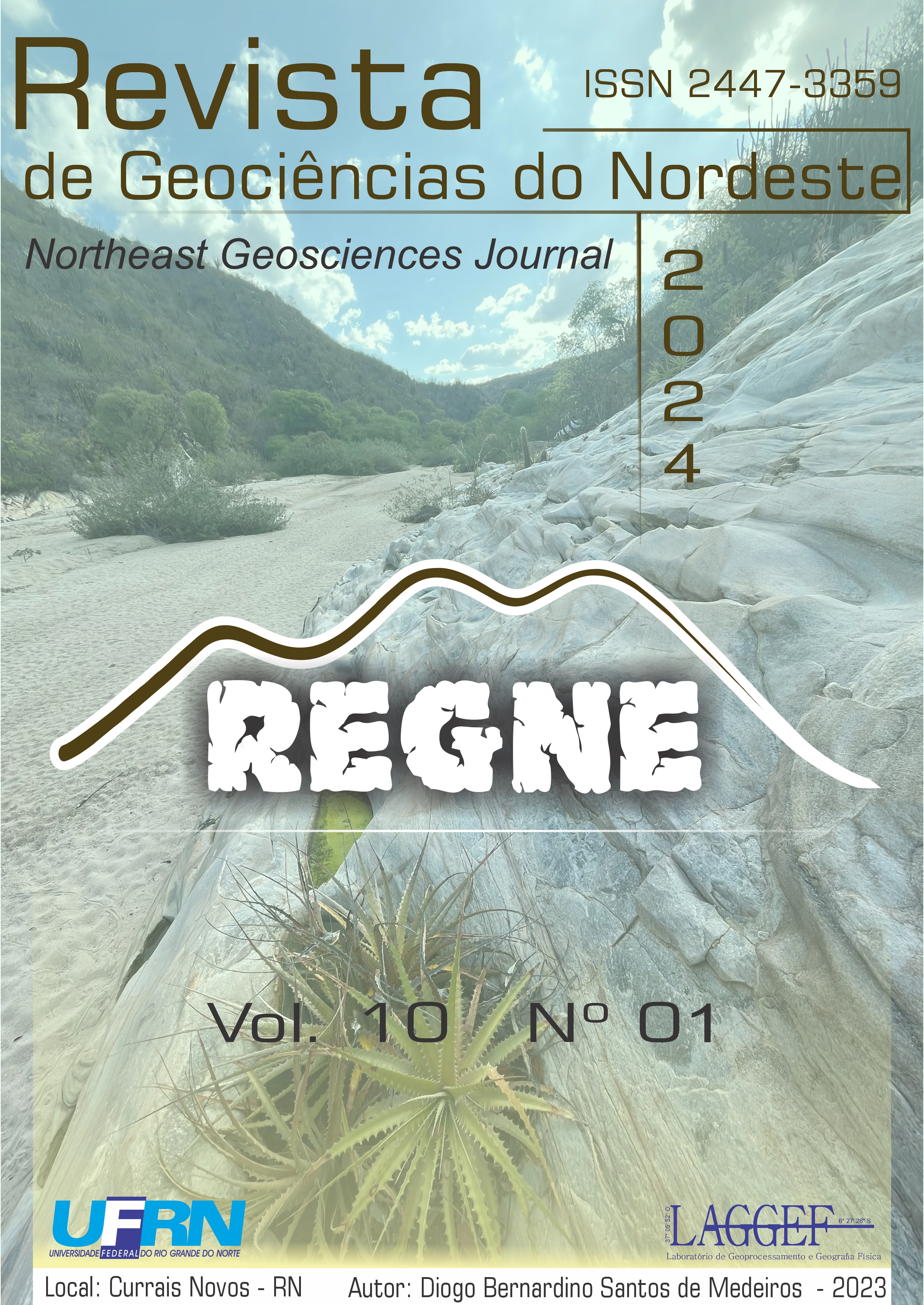Evolution of the Flood Mark and Built-up Areas in Flooded Lands in the City of Guarapuava, Paraná
Evolution of the Flood Mark and Built-up Areas in Flooded Lands in the City of Guarapuava, Paraná
DOI:
https://doi.org/10.21680/2447-3359.2024v10n1ID34910Abstract
Floods are important disaster-generating events in Brazil and in the city of Guarapuava, located in the central region of the state of Paraná. With this in mind, the aim of this study was to investigate the spatial distribution of the flooded area in the city of Guarapuava in different periods, as well as to assess the infrastructures that could be affected. The methodological procedures consisted of photointerpretation from satellite images of the urban infrastructure present in 2014 and 2023 in the flooded area and geospatial comparison of the maximum flood spot mapped before and during the extreme event. The results show that more than half of Guarapuava's neighborhoods (61%) have areas susceptible to flooding and that the most impermeable neighborhoods, in terms of built-up area in the area subject to flooding, are Vila Bela, Industrial and Vila Carli. As well as an increase in urban infrastructure, in an area subject to flooding, of land built from 2014 to 2023, especially in the Morro Alto, Jardim das Américas, and São Cristóvão neighborhoods, with an increase of 2,073%, 373%, and 177%, respectively. Finally, it is concluded that actions to regulate urban land use and risk management strategies are needed to reduce disasters associated with flooding events in the city of Guarapuava.
Downloads
Downloads
Published
How to Cite
Issue
Section
License
Copyright (c) 2024 Notheast Geoscience Journal

This work is licensed under a Creative Commons Attribution 4.0 International License.


 Português (Brasil)
Português (Brasil) English
English







